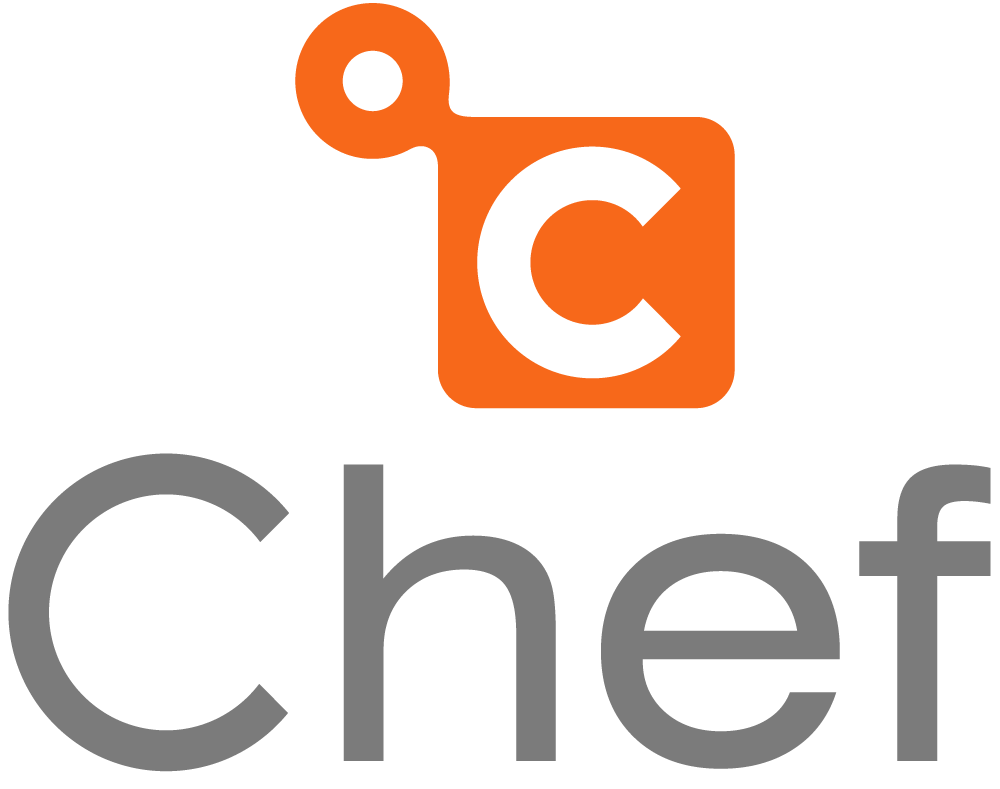I haven’t written much HTML since 1996. Back in those wild west days before CSS existed, we used <font> tags and <table>-based layouts to control how websites were presented to end-users. Although these ugly hacks limited the sophistication of web sites and later proved to be a barrier to the development of rich Internet applications, they were at least part of a standard: HTML 2.0.
 Today, however, I think the state of markup on the Internet is far worse, despite the existence of this beast we call HTML5. To my utter shock, I discovered that HTML5 isn’t even what one could call a standard. On the contrary, HTML5 represents standards committees (and there are two — I’ll get into this later) throwing in the towel because of internecine fighting, to the enormous detriment of web, application and browser developers everywhere. The most poignant illustration of the problem is that there is no DTD for HTML5: you merely write <!DOCTYPE html> and you’re on your way. Nothing says “anything goes” better than “don’t even bother mechanically validating this because who the hell knows what’s valid?” Continue reading
Today, however, I think the state of markup on the Internet is far worse, despite the existence of this beast we call HTML5. To my utter shock, I discovered that HTML5 isn’t even what one could call a standard. On the contrary, HTML5 represents standards committees (and there are two — I’ll get into this later) throwing in the towel because of internecine fighting, to the enormous detriment of web, application and browser developers everywhere. The most poignant illustration of the problem is that there is no DTD for HTML5: you merely write <!DOCTYPE html> and you’re on your way. Nothing says “anything goes” better than “don’t even bother mechanically validating this because who the hell knows what’s valid?” Continue reading



 Last night, at a meeting of
Last night, at a meeting of  Yesterday,
Yesterday, 